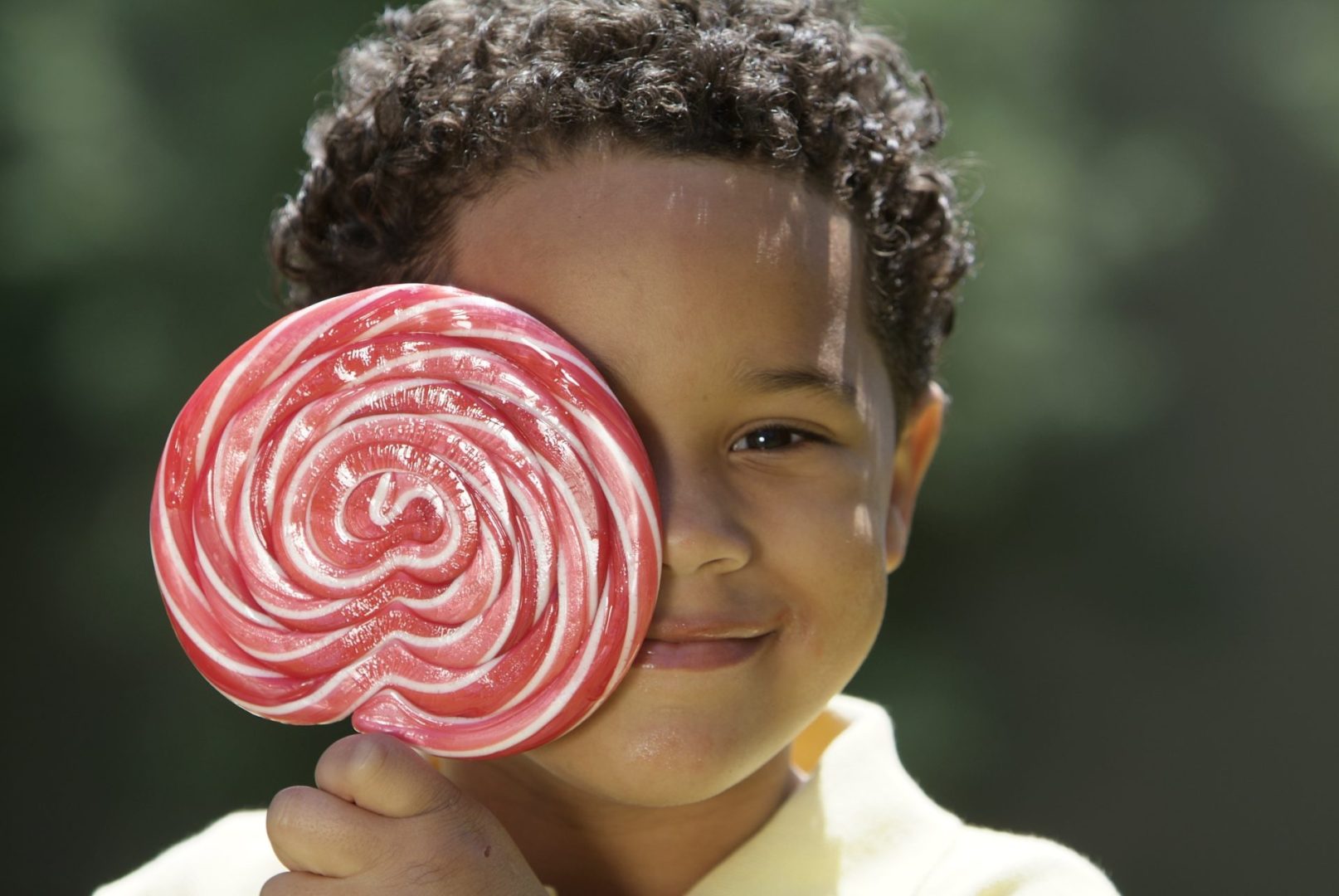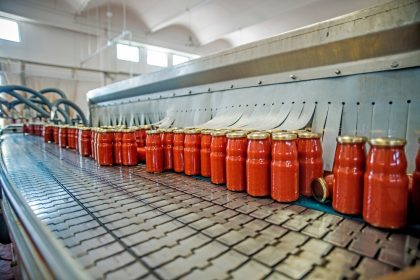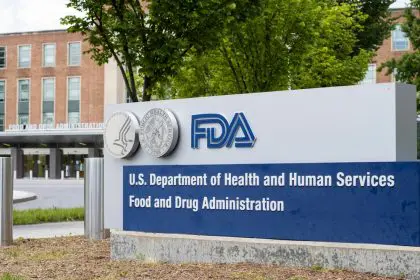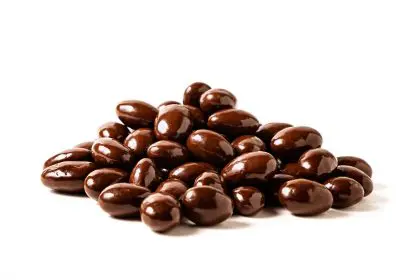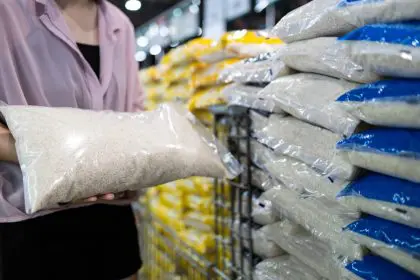In a groundbreaking announcement that’s shaking up the candy industry, the FDA dropped a bombshell on January 15 that’s about to change the way your favorite treats look forever. The controversial red dye No. 3, a color additive that’s been making your candies pop with that perfect Instagram-worthy red hue, is officially getting the boot. The kicker? It’s been linked to cancer in laboratory rats, and now manufacturers have until January 2027 to say goodbye to this longtime ingredient.
The colorful history you never knew about
Red dye No. 3, also known by its fancy scientific name erythrosine, has been the secret behind that perfect red color in everything from your Valentine’s Day candy hearts to your strawberry-flavored drinks. This synthetic colorant has been painting our food world red since the early 20th century, but its journey hasn’t been without controversy. Back in 1990, the FDA actually banned it from cosmetics after research showed concerning results in animal studies, yet somehow it stayed in our food supply until now.
Your favorite candies are about to change
If you’re a candy enthusiast, you might want to sit down for this one. Some beloved treats are about to get a makeover, and the list might surprise you. Pez Candy Assorted Fruit, those nostalgic Dubble Bubble gum pieces, and even the controversial yet beloved Brach’s Candy Corn all contain this soon-to-be-banned ingredient. Even Jelly Belly, known for their natural flavoring claims, has been using this synthetic dye in some products.
While most beverage companies jumped ship years ago, switching to alternatives like red dye No. 40 or natural colorants, some popular drinks are still holding onto red dye No. 3. The Ensure Original Strawberry Nutrition Shake, marketed as a health supplement, ironically contains this controversial ingredient. Yoo-hoo’s Strawberry Drink, another fan favorite, will also need a new recipe before 2027.
What food scientists want you to know
Researchers bring some reassuring news to the table, while the FDA’s decision might sound scary, there’s no need to panic about your past candy consumption. The studies showing cancer links were conducted on male rats with massive amounts of the dye, far more than any human would consume through normal snacking. However, this doesn’t mean we should ignore the potential risks entirely.
The industry isn’t just removing red dye No. 3 they’re revolutionizing how we color our food. Companies are exploring natural alternatives like beetroot extract, carmine, and even purple sweet potato to achieve those vibrant reds we’ve come to expect. Some innovative manufacturers are even questioning whether we need artificial colors at all, leading to a wave of naturally colored products that look just as appealing.
What this means for your shopping cart
Until January 2027, you’ll need to become a label detective if you want to avoid red dye No. 3. Look out for these sneaky names on ingredient lists: “red dye No. 3,” “red 3,” “erythrosine,” or “FD&C Red No. 3.” Some companies are already ahead of the curve, proudly advertising their products as “naturally colored” or “no artificial dyes.”
This ban represents more than just a change in candy manufacturing it signals a larger shift in how we think about food safety and artificial ingredients. Consumer advocacy groups have been pushing for stricter regulations on food additives for years, and this victory might just be the beginning. Similar scrutiny is now falling on other artificial colors and preservatives still common in our food supply.
What happens next
As we approach the 2027 deadline, expect to see gradual changes in your favorite products. Some companies might roll out new formulations early to test consumer response, while others might wait until the last minute. The transition might lead to slightly different appearances in some foods, but manufacturers are working hard to ensure the taste remains the same.
For consumers who grew up with these brightly colored treats, the change might feel bittersweet. However, this move toward safer food alternatives represents progress in food safety and consumer health awareness. As we bid farewell to red dye No. 3, we’re not just saying goodbye to a color we’re welcoming a new era of more mindful food production.

